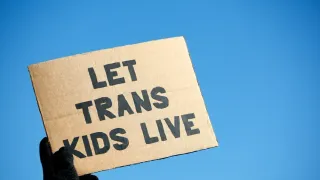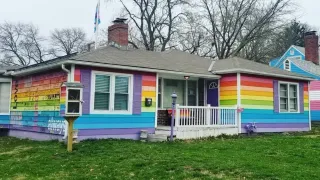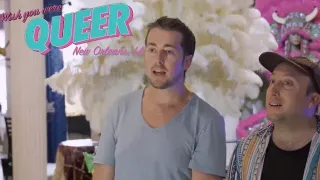November 24, 2019
Iggy Azalea, Playboy Carti Report $366K in Stolen Jewelry
READ TIME: 1 MIN.
Rappers Iggy Azalea and Playboi Carti have told Atlanta police that $366,000 worth of jewelry was stolen from their rental home.
The Atlanta Journal-Constitution reports a police report filed Nov. 17 lists 19 pieces of jewelry including diamond rings, platinum bracelets and luxury watches.
Amethyst Kelly, who performs as Iggy Azalea, told police the theft occurred Nov. 14, when the back door was unlocked so Jordan Carter, known as Playboi Carti, could get in.
The report says that at some point, they realized a designer bag in which they keep jewelry was missing from the second-floor dining room of their 6,500-square-foot (600-square-meter) home.
It says surveillance video shows a masked gunman wearing gloves coming in the back door just after 9:50 p.m. and leaving within 10 minutes.
___
This story has been corrected to spell the rapper's stage name as Iggy Azalea, not Iggy Azalia.







